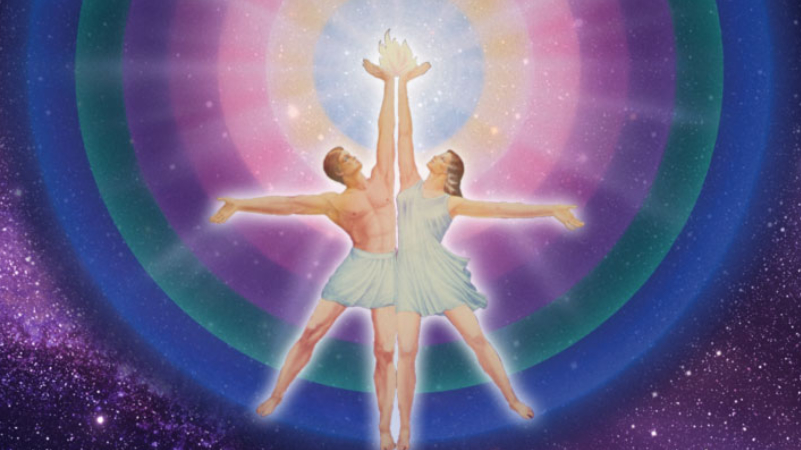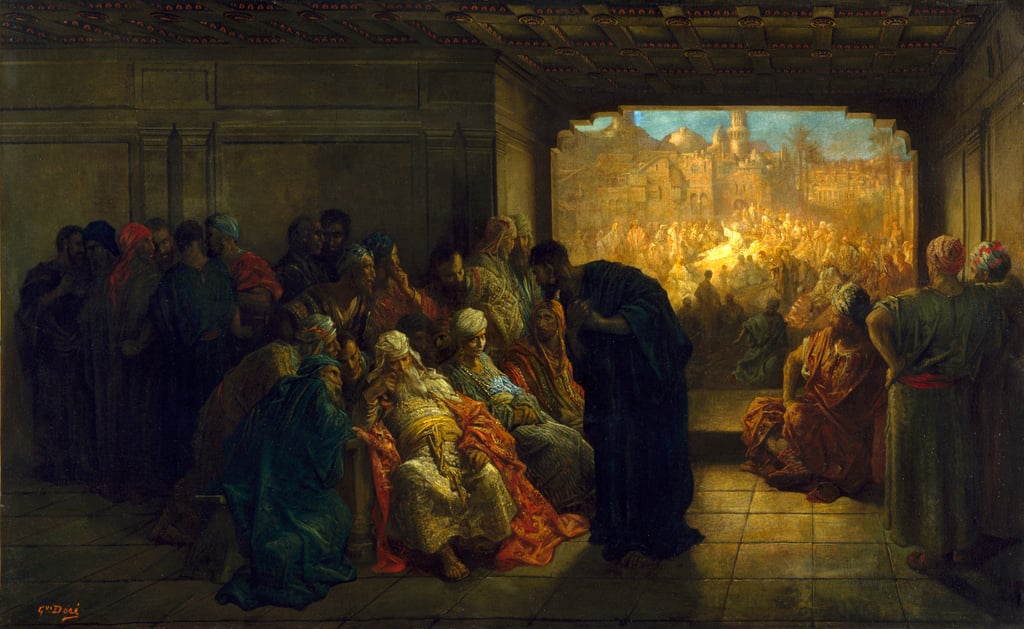Wesak is the wondrous day when Buddhists the world over gather for the celebration of the Buddha’s birth, his enlightenment, and his parinirvana. It occurs at the full moon during the month of the Indian lunar calendar called Vesak, or Wesak. Since the Indian calendar is based on lunar cycles, the full moon day of Wesak can be in April or May of the Western calendar.
Buddhists celebrate Wesak, the most important festival in the Buddhist world, by meditating on the life and teachings of Lord Gautama, reciting scriptures, fasting, distributing food and money to the monks and the poor, and processioning around Buddhist temples and holy places. Most importantly, the day serves as a reminder that like the Compassionate One, they, too, must attain enlightenment.
According to esoteric tradition, on Wesak a huge company of pilgrims and disciples gathers in a valley in the Himalayas to meditate, attune with, and receive the benediction of Lord Gautama. Some say that the Buddha is seen physically by certain adepts and devotees as he brings his blessings to the earth.
As we are not able to journey in our bodies to that valley and since we cannot all receive his words directly, I am sent as the Messenger of the Ascended Masters–he being one of the Ascended Masters–to deliver his dictation to you. So we will hear Lord Gautama’s Wesak address delivered today.1 Whether it is simultaneous or not is of no consequence since that message is recorded in his causal body and can be received as a direct transmission, through his Electronic Presence overshadowing us, at the conclusion of our meditation.
Our goal this afternoon is to raise our consciousness, to increase the light within our body temple so that we may rise, as though our souls would rise to greet him in the air. And so for this purpose we devote ourselves to the clearing of the chakras and the raising up of the sacred fire on the spinal altar followed by an overview of the life and teachings of the Buddha.
Mantras for the Celebration of the Buddha and the Mother
In order to greet the Buddha who resides in the secret chamber of the heart, whose chakra is the thousand-petaled lotus of the crown, we desire to raise the sacred fire of the Divine Mother (the Kundalini) from the base chakra of the Mother to the crown chakra of the Buddha.
And so it is the Divine Mother within us, and our souls’ oneness with the Divine Mother in adoration of the Buddha, that causes the light to rise from the base. The Mother is in love with Buddha. The Buddha is in love with Mother. And the Lord Buddha (Yang) draws our Mother to that crown. And our Mother (Yin) is rising to greet her Lord. This is the plus/minus polarity of Alpha and Omega that we would experience in our body temple.
This is the purpose of our giving these Buddhist mantras. It is an exercise in the science of the spoken Word–that Word who in the beginning was with Brahman: without whom “was not anything made that was made.”
I would ask you to center your attention in your heart and to realize that it is the flame of your heart that allows you to participate in the ritual of the union of the Father-Mother God in your chakras. Once the Mother reaches the crown chakra she, escorted by her Lord, descends to the secret chamber of the heart where they give birth to the Inner Buddha. And so let us begin with the sounding of the Om. I wish you all a happy, happy Wesak in the sounding of the Om!
Om
Om Mani Padme Hum
Om! The jewel in the lotus, Hum! or Hail to the jewel in the lotus!Om Ah Hum Vajra Guru Padma Siddhi Hum
Om Ah Hum! Vajra Guru, who arose from a lotus [Padma Sambhava], please grant me the ordinary and supreme accomplishments, Hum!Om Amarani Jivantiye Svaha
Om! May immortal life be vouchsafed! So be it!Gate Gate Paragate Parasamgate Bodhi Svaha
Gone, gone, gone beyond, gone wholly beyond–Enlightenment, hail! (or Awakening fulfilled!)Om Wagi Shori Mum
Om! Lord of Speech, Mum! or Hail to the Lord of Speech! Mum!Tatyata Om Muni Muni Maha Muni Shakyamuniye Svaha
Hail to the sage, the great sage, the sage of the Shakya clan (Gautama Buddha)! or Honor to him, the Enlightened One!Om Mani Padme Hum Hri
Om! The jewel in the lotus, Hum! Hri! or Hail to the jewel in the lotus! Hri!Om Ah Ra Pa Tsa Na Dhih
(Manjushri’s mantra for developing wisdom)Om Tare Tuttare Ture Svaha
Hail to Tara! or Hail to the liberator from samsara, the liberator from the eight fears, the liberator from disease!Om Vajrasattva Hum
Om! Vajrasattva, Hum! (Vajrasattva is a Buddha whose name means “diamond being,” “the indestructible-minded one,” or “one whose essence is as lightning”)
Source: The dictation by Gautama Buddha that followed this lecture is published in Pearls of Wisdom Vol. 32 No. 29
Het Wesakfeest wordt gevierd als de zon in Stier staat en de volle maan in Schorpioen. Met Wesak vieren we Gautama Boeddha’s geboorte, verlichting en overgang naar parinirvana. Naast de geboorte van Jezus Christus, is Wesak de hoogste heilige dag van onze kerk.
De boeddhisten wijden deze dag toe aan het mediteren op het leven en de leringen van Heer Gautama, het reciteren van de geschriften, vasten, het uitdelen van voedsel en geld aan de monniken en de armen, en processies houden rond boeddhistische tempels en heilige plaatsen. Bovenal dient de dag als een herinnering dat ook zij, net zoals de Compassievolle, verlichting moeten bereiken.
Volgens de esoterische overlevering verzamelt zich een enorme groep pelgrims en discipelen in een vallei in de Himalaya om te mediteren, zich af te stemmen op, en de zegening te ontvangen van Heer Gautama. Sommigen zeggen dat de Boeddha door bepaalde adepten en toegewijden fysiek wordt gezien wanneer hij zijn zegeningen aan de aarde brengt.
Om je op deze heilige dag af te stemmen op Gautama Boeddha, kan je de Buddhist Mantras geven (nr. 640 in het songboek), en hymnes naar Gautama Boeddha.
Maak een aanroep voor de bescherming van alle zielen die in dit tijdperk verlichting en vereniging met God moeten bereiken. Vraag Heer Gautama je te helpen je lagere natuur te overstijgen.







